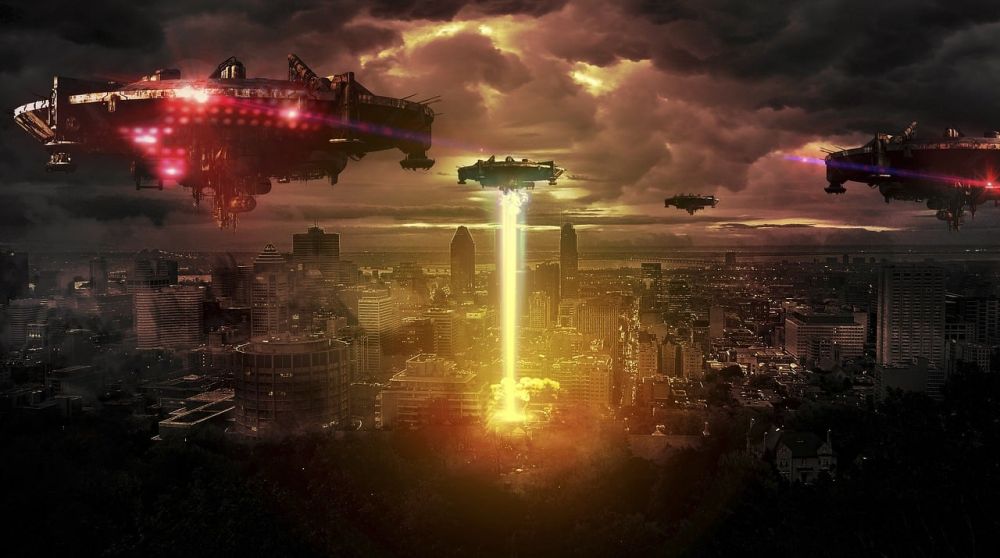Film Genre: A Comprehensive Exploration of the Evolution and Importance

Introduction:
Film genre is a fascinating subject that captivates the minds of movie enthusiasts and critics alike. Understanding the different genres and their significance adds depth and richness to our viewing experiences. Whether you’re a casual moviegoer or a devoted cinephile, this article aims to provide a comprehensive overview of film genres, delving into their historical development and what makes them so important in the world of cinema.
What is Film Genre?

Film genre refers to the categorization of movies based on their thematic and stylistic elements. By classifying films into distinct genres, audiences can easily identify and select the type of movie they prefer to watch. It serves as a shorthand for both filmmakers and viewers, facilitating communication and expectations.
Importance of Understanding Film Genre:
Understanding film genres helps audience members navigate the vast sea of movies available today. It enables them to make informed decisions about what films to watch, anticipating the themes, storytelling techniques, and emotional experiences they desire. Additionally, a deeper understanding of film genres also assists filmmakers in creating compelling narratives within established frameworks.
A Historical Overview of Film Genre Evolution:
Film genres have evolved significantly over time, reflecting changes in society, technology, and artistic movements. The history of film genres can be traced back to the early days of cinema, where silent films gave birth to genres such as comedy and melodrama.
1. Silent Era (1890s-1920s):
During the silent era, filmmakers experimented with visual storytelling techniques, laying the foundation for various genres. Comedy, drama, and adventure were prevalent genres during this period.
2. Golden Age of Hollywood (1930s-1950s):
The Golden Age of Hollywood witnessed the rise of several iconic film genres that continue to shape cinema today. The advent of sound facilitated the popularity of musicals, while the exploration of crime and detective stories led to the emergence of film noir. Other prominent genres during this period include westerns, rom-coms, and war films.
3. New Hollywood and Genre Blending (1960s-1980s):
The New Hollywood era brought about a shift in filmmaking, with directors experimenting with genre blending and subversion. Films like “Bonnie and Clyde” and “The Graduate” combined elements from multiple genres, challenging conventional storytelling norms. This period also saw the rise of genres such as sci-fi and horror.
4. Contemporary Cinema (1990s-present):
In the current era, film genres have become more diverse and fragmented due to the proliferation of digital technology and globalization. Genres like superhero films, fantasy, and animated movies have gained immense popularity, appealing to a wider audience. Independent cinema has also carved out a niche with genres like arthouse and documentary films.
The Significance of Film Genre in Contemporary Cinema:
In today’s cinema landscape, film genres play a crucial role in audience engagement, marketing strategies, and box office success. Production companies and distributors rely on genre classifications to target specific demographics and ensure the film’s commercial viability. Furthermore, genres provide viewers with a sense of familiarity and comfort, as they can trust certain genres to deliver specific types of storytelling experiences.
By wielding well-established genre conventions, filmmakers can subvert expectations, creating thought-provoking and boundary-pushing works. Additionally, film genres provide a framework for critical analysis and discussions, allowing scholars, critics, and audiences to engage in meaningful conversations about thematic motifs, cultural contexts, and artistic choices.
Conclusion:
Film genre is an integral part of the cinematic experience, enriching our understanding and appreciation of movies. By comprehending different genres and their historical development, audiences can embark on a more fulfilling movie-watching journey, exploring a vast array of storytelling possibilities. So, the next time you find yourself immersed in a film, take a moment to identify the genre, and let it guide you into a world of imagination and emotion.

















